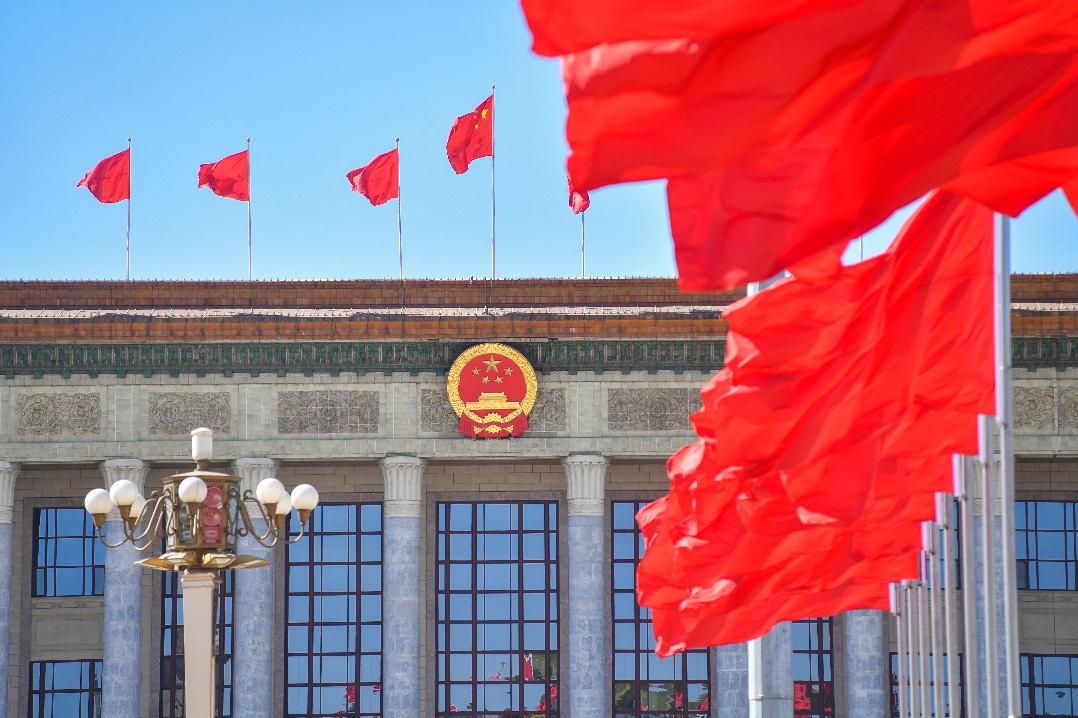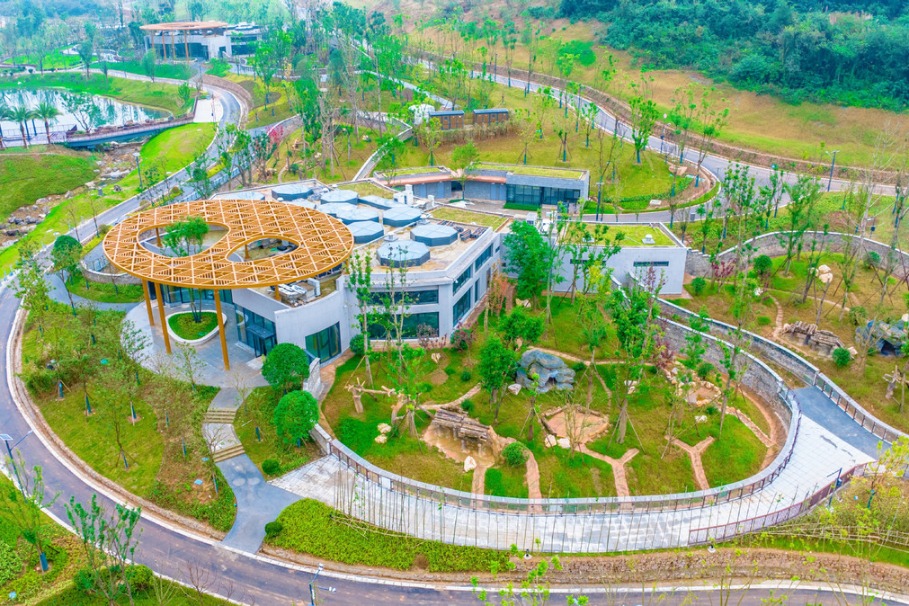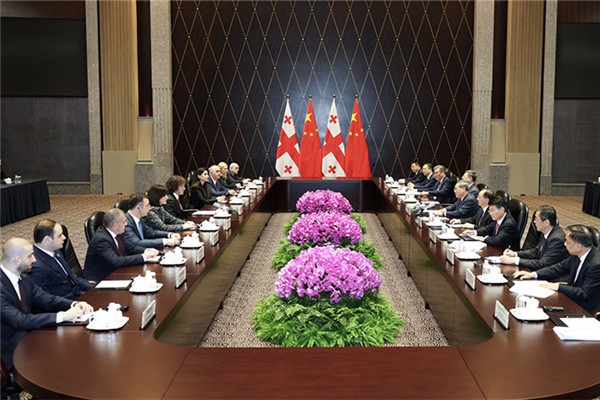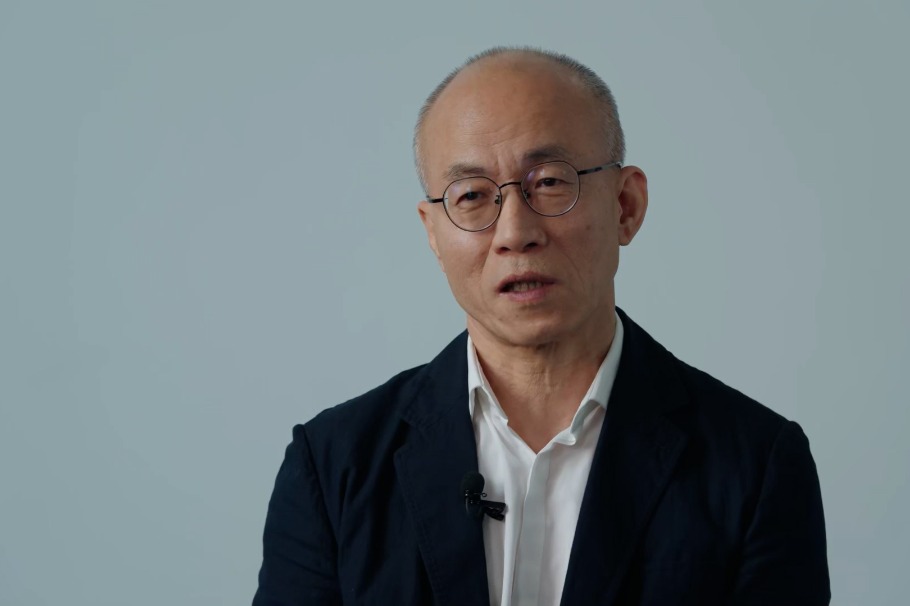Xiamen, Changji team up on heritage, tourism

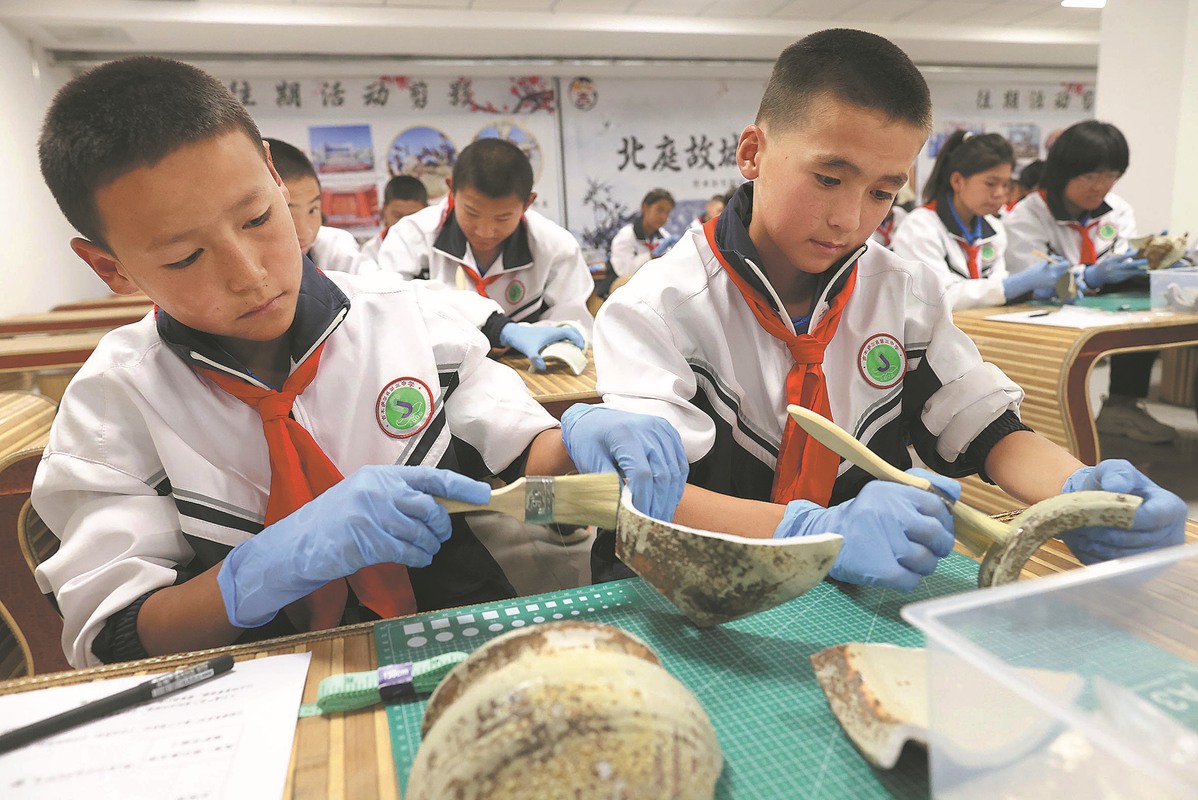
Since July 2019, the Xiamen aid Xinjiang command has helped establish a "friendly world cultural heritage site" relationship between Gulangyu Island in Xiamen, Fujian province, and the Beiting ancient city ruins in Jimsar county, Changji Hui autonomous prefecture of the Xinjiang Uygur autonomous region.
Through festival exchanges, mechanism building and regional collaboration, the partnership has formed a cultural bridge and strengthened cultural awareness of the Chinese national community.
The Beiting ruins, designated a UNESCO World Cultural Heritage site as part of the Silk Roads: The Routes Network of Chang'an-Tianshan Corridor, date back to the Tang Dynasty (618-907) and have long been a focus of archaeological studies on frontier areas. From the Tang to the Yuan Dynasty (1271-1368), the site served as a political, military and cultural center on the ancient Silk Road at the northern foot of the Tianshan Mountains. It remains the largest and best-preserved ancient city in the area.
"Changji is currently supported by Fujian and Shanxi provinces," said Li Jingxiu, deputy director of Changji's publicity department and deputy director of the comprehensive publicity department of the Fujian aid Xinjiang command. "Fujian has been aiding Xinjiang for 26 years, covering almost all the counties and cities in the prefecture."
Xiamen is the counterpart city providing aid to Jimsar. To share and complement tourism resources and better protect Jimsar's historical and cultural heritage, the two regions are working to build a long-term cooperation mechanism that leverages each other's advantages.
In August 2024, the Gulangyu cultural tourism development center in Xiamen and the Jimsar county cultural and tourism bureau signed a cooperation framework agreement. The agreement confirmed mutual recognition and exemption of tickets to one site for those who visit the Gulangyu scenic area or the Beiting ancient city ruins, as well as collaboration on cultural and creative products.
During this year's Spring Festival, Beiting's cultural and creative products were showcased at the Gulangyu New Year Festival, allowing Fujian residents to experience the charm of Silk Road culture.
"We have deeply explored the cultural heritage of Beiting and integrated modern creative concepts to develop our brand cultural IP with more than 60 types of tourism, and cultural and creative products," said Hu Yongkui, an aid cadre from Xiamen in charge of cultural and creative products at the Site Museum of Beiting City, Silk Road. "The cultural and creative products inspired by Jimsar's specialty white-skinned garlic have also become popular with tourists in Xiamen."
In the field of cultural heritage protection, the two regions have established a mechanism for personnel exchange and learning. They have conducted collaborative research on topics such as relic protection technology and heritage activation, while turning academic achievements into practical protection efforts.
In May, the Xiamen Gulangyu management committee, the academy of Beiting studies, and the Xinjiang Tianchi Lake management committee signed a strategic cooperation agreement in Fukang city, marking a new phase of cross-regional cultural heritage protection and high-quality tourism development. Under the agreement, the three institutions will deepen cooperation in three areas: cultural heritage protection, cultural and tourism integration, and publicity and promotion.
In August, Gulangyu, Beiting and Uzbekistan's Samarkand signed a world heritage site friendship cooperation agreement, forming a "cultural heritage triangle" spanning East Asia and Central Asia for the first time.
"The cooperation activates dialogue among ancient Silk Road civilizations using tangible heritage as a carrier, responds to the high-quality joint construction of the Belt and Road Initiative, and showcases the vitality of Chinese culture through diverse carriers," said Chen Zhixiong, commander of the ninth batch of the Xiamen aid Xinjiang command and deputy Party secretary of Jimsar.
Wu Yiqun, dean of the School of History at Xinjiang University, said China attaches great importance to the protection and development of cultural heritage.
"The cultural exchange between the Maritime Silk Road and the Silk Road on land has always continued, which is highly consistent with the concept of a community with a shared future for humanity," Wu said. "The signing of the world heritage site friendship cooperation agreement further expands Beiting's circle of friends both internationally and domestically."
- Haikou intl airport launches new 24-hour direct transit policy
- China-Laos international passenger line launched
- Beijing receives climate award at COP30 Local Leaders Forum
- Natl fire safety month promotes public safety awareness, risk prevention
- China reforms research review to boost young university staff
- Chinese researchers find freshwater snail species missing for nearly a century


















